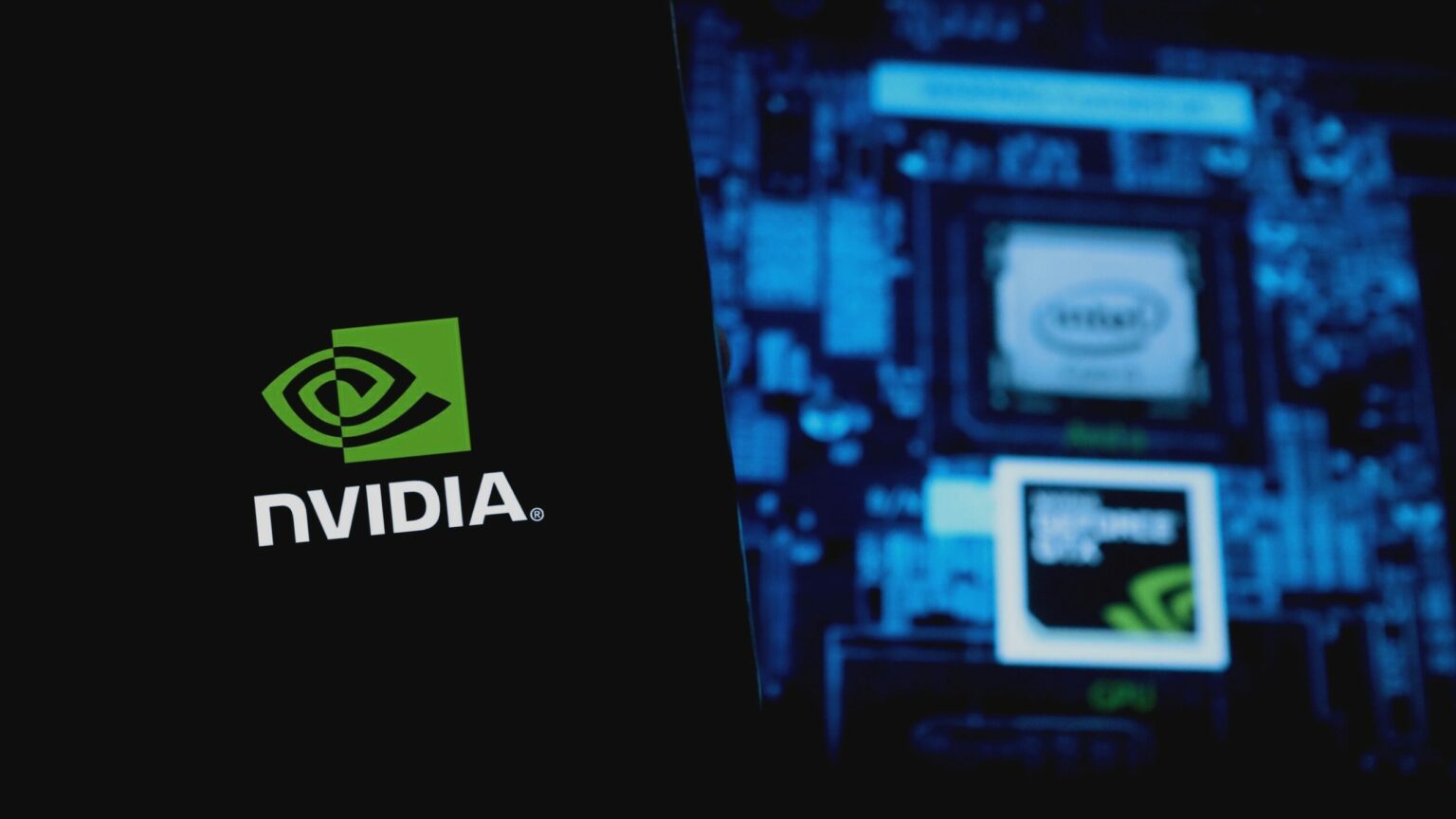Popular AI chatbot ChatGPT may need more than 30,000 graphics processing units (GPUs) from American chip giant Nvidia to process training data, according to a new report by research firm TrendForce. The development could potentially squeeze out PC gamers.
Nvidia specializes in making hardware mainly for video game consoles, GPUs for graphics cards, and processors for the AI industry. Its GPUs have also been deployed to mine crypto assets such as ethereum (ETH), monero (XMR) and zcash (ZEC).
ChatGPT fuels Nvidia GPUs demand
TrendForce said its estimations are based on the processing power of Nvidia’s A100 graphics card, which costs between $10,000 and $15,000. It forecast that the California-based company could earn as much as $300 million in revenue thanks to ChatGPT.
“With generative AI becoming a trend, demand is expected to rise significantly for GPUs and thereby benefit the participants in the related supply chain,” said the report.
OpenAI’s ChatGPT became the fastest growing internet application in history with a record 100 million monthly active users in January. The AI-powered chatbot is incredibly popular with users thanks to its ability to perform a variety of tasks within seconds.
In the U.S. technology hub of Silicon Valley, the conversation tool has virtually sparked off an artificial intelligence arms race. ChatGPT’s rising popularity, including its integration with Microsoft’s Bing search engine, has fueled a surge in demand for GPUs from Nvidia.
Also read: Nvidia Fuels Cut-Throat AI Race With Its $10k A100 Chip
Generative AI requires a huge amount of data for training, so deploying a large number of high-performance GPUs helps shorten the training time, per the TrendForce report.
In the case of the Generative Pre-Trained Transformer (GPT), the tech that underpins ChatGPT, the number of training parameters used in the development of the language model rose from around 120 million in 2018 to almost 180 billion in 2020.
According to TrendForce’s calculation, the number of graphics processing units that the GPT model needed to process training data in 2020 came to about 20,000. It predicts the number of GPUs needed for the commercialization of ChatGPT will reach over 30,000 going forward.
NVIDIA unveils a new AI-on-5G solution that enables telcos to deliver immersive graphics, metaverse applications and computer vision from one GPU-accelerated system. https://t.co/40DSphrcoC pic.twitter.com/F5K7VLVBG1
— NVIDIA AI (@NVIDIAAI) February 27, 2023
Crowding out PC gamers
With so many GPUs being committed to running ChatGPT, the high demand in the AI sector may eventually affect PC gamers, according to some observers. If Nvidia prioritizes making graphics cards for operating ChatGPT, “it could affect the availability of other GPUs,” they say.
When the global chip shortage hit during the pandemic, it wasn’t necessarily because of a supply cut in entire graphics cards. As a result, different industries, from car companies to computer graphics card makers, ended up competing for the same components.
While most cars with the exception of Tesla do not have gaming GPUs, “chips are used in manufacturing, computing,” and several other sectors. Nvidia focusing on placing components for ChatGPT-related graphics card could hit PC gamers hard.
However, Nvidia has shown in the past that gaming is a top priority that will be protected. In 2021 the firm announced that it will start limiting the efficiency of mining ethereum or any other crypto using its new range of GPUs, starting with the Geforce RTX 3060 card.
The Nasdaq-listed hardware maker revealed then that its new GPU software drivers are designed to detect specific attributes of the ETH mining algorithm, and limit the hash rate, or crypto mining efficiency, by around 50%.
Nvidia hoped the restriction would discourage the purchase of gaming-oriented graphics cards for large ethereum mining operations. It then declared:
“We are gamers, through and through. We obsess about new gaming features, new architectures, new games and tech. We designed Geforce GPUs for gamers, and gamers are clamoring for more.”
Although ChatGPT utilizes a different type of GPU than what gamers use in their personal computers, it still remains unclear whether Nvidia will resort to similar tactics to prevent the AI industry from crowding out PC gamers in graphics cards.









 and then
and then